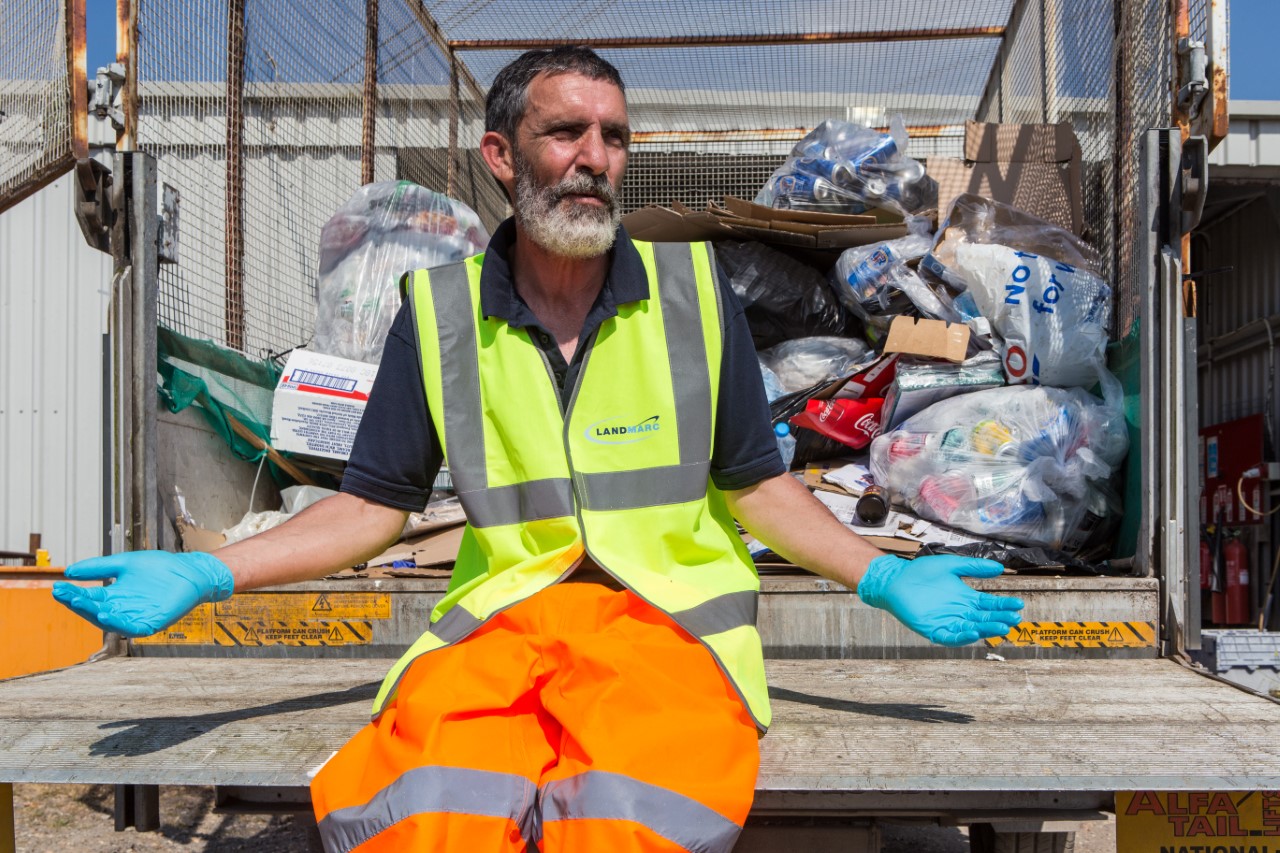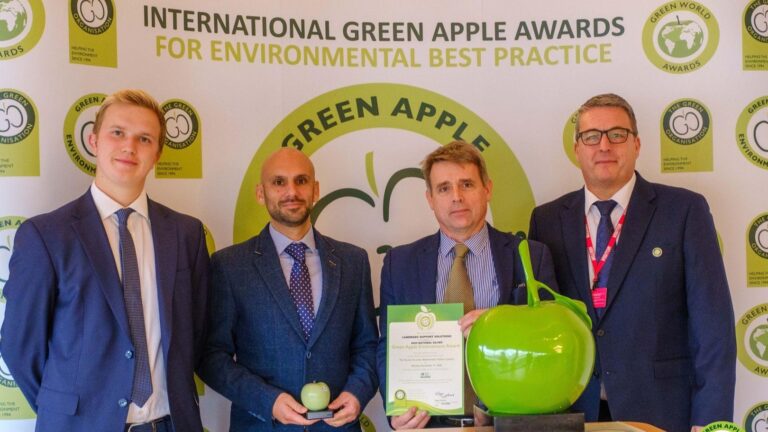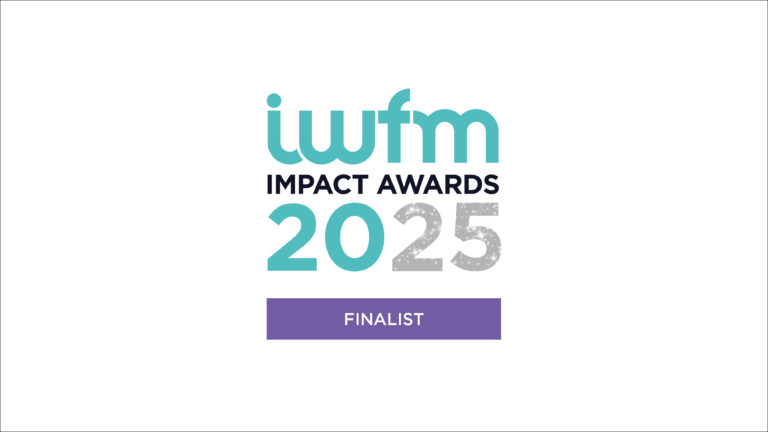It’s Recycling Week – an opportunity to focus on waste and recycling. So, how is Landmarc doing and what more can we all do? Sustainability Adviser Derek Walter shares his thoughts.
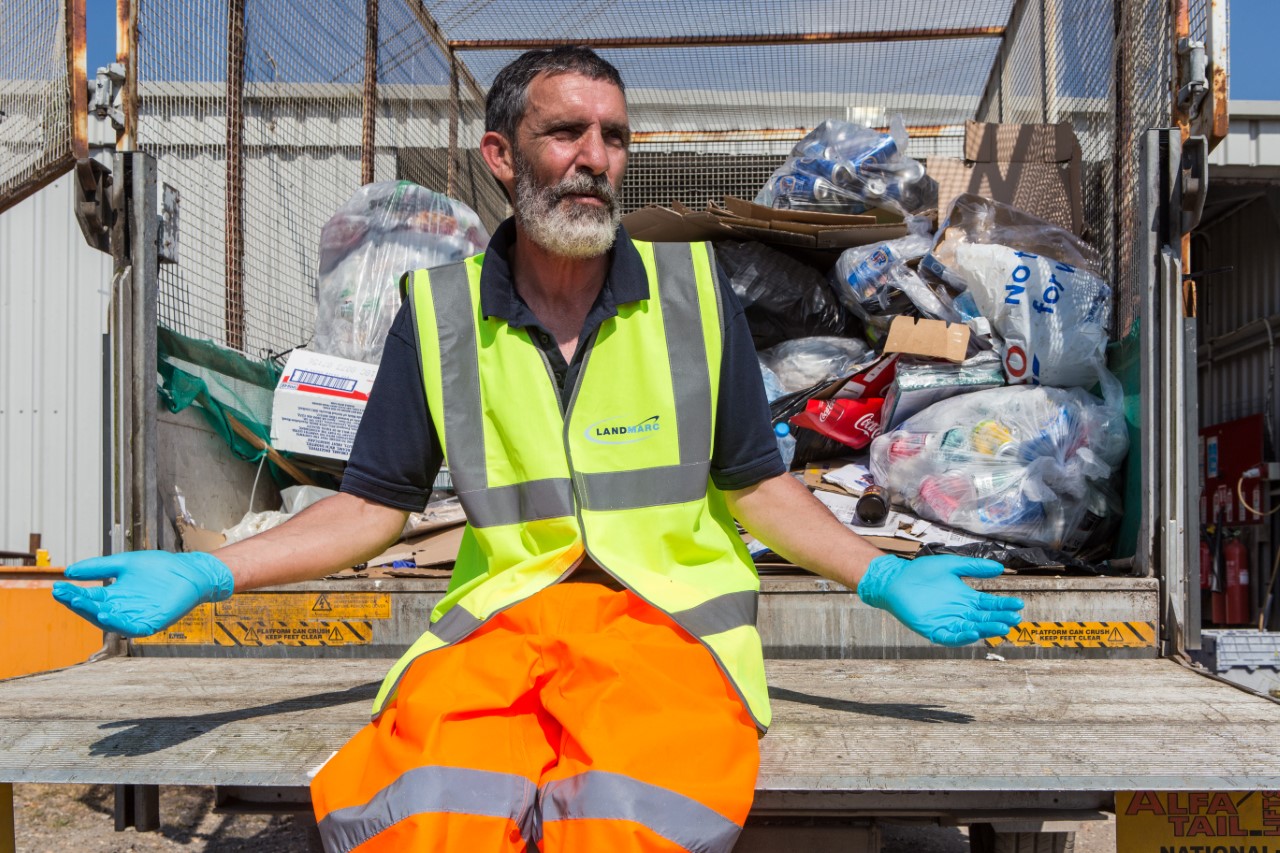
“Recycle Week 2019 is full of action asking people to rinse, crush, squash, sort and separate in the bathroom, the kitchen, the office and the great outdoors. The campaign will encourage all of us to do something powerful and radical that will really make a difference.
“Before we talk recycling though, it is worth referring to the waste hierarchy, as recycling is actually not the best option.
“Reduce (prevent) is the best option which involves avoiding potential waste in the first place, this could be reusing a water bottle, picking up loose veg in the shop or buying timber or materials the exact size you need.
“Reuse is the next best option which could be reusing the bread bag for your sandwiches, scrap paper as a notebook or demolition waste in your next construction project.
How is Landmarc doing?
“Landmarc’s ambitious target of diverting > 95 per cent of waste from landfill is no easy task. Thankfully with everyone’s hard work and diligence, especially those in our Waste Sorting Stations, we are hitting this target in every region for the current financial year to date at a rate of 98 per cent across the company. The major routes used to avoid landfill include recycling, recovery (incineration that generates energy) and anaerobic digestion (breaking down food waste into energy and compost). The chart below shows the breakdown of waste management options in kilograms for each region (2019-20 year to date).
“In response to a question raised through the Head Office Protection Forum, we have also investigated the potential to reuse corporate workwear that has been returned in good condition. Outer wear only, so nothing that directly touches the skin like t-shirts, can be sent to be laundered through existing providers and reissued to staff. Recycling of old PPE such as hard hats and safety boots is also being investigated as an alternative to the current disposal option.
“Additionally there is work being done in the background to look at reducing single use plastics through the supply chain. Cutting these out at source (waste prevention) will further aid our sustainability credentials.
How can we do more?
“Reduce, Reuse and Recycle textiles. Did you know that the textile industry is the second most polluting globally? This includes air pollution from the energy generation needed for the manufacturing and distribution processes as well as water pollution from dyes and bleaches used to colour the textiles. So next time you want to freshen up your wardrobe, first consider buying second-hand, you may even pick up a bargain. Also, when clearing out your wardrobe make sure you donate old wears to charity shops or clothes banks.
Top tips for recycling
“Top tips for general recycling include:
- Placing items in the correctly designated recycling bin
- Making sure you understand what can and cannot be recycled. Check with your local provider. Plastic ready meal pots may be recyclable but the film lid generally is not.
- Rinse and crush. Items don’t have to be spotlessly clean but please remove food debris and rinse before placing in the recycling facilities. Crushing saves space so that we can reduce the number of bins needing removal, having both cost and carbon footprint benefits
- Separate out where possible. Remove that metal lid from the glass jam jar. This will make the recycling process much more efficient
“Further information can be found here including lots of videos demonstrating all manner of recycling techniques.”
